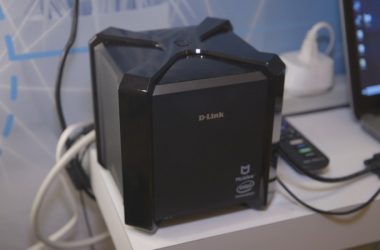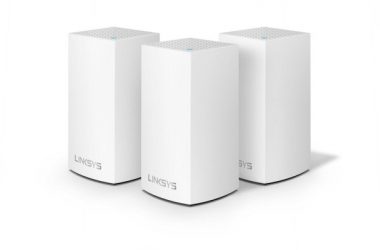
Cisco Systems has gotten the ball rolling toward interoperability among all high-end videoconferencing platform by licensing the Telepresence Interoperability Protocol (TIP) to other vendors, but the ability to plug any two systems together may be a long way off, according to vendors and analysts.
Cisco introduced its first Telepresence Meeting System, a high-definition videoconferencing system with 1080p video, in 2006. But other vendors were already selling platforms with immersive and high-quality features, and the market offerings have continued to expand. Making multiscreen systems work together can be complicated because of the many steps involved in initiating a session and switching displays among the participating sites as speakers take turns talking.
TIP is designed to standardize those processes and make endpoints from various manufacturers work together without the need for custom configuration. Cisco announced it is offering to license TIP and will not charge royalties. Three vendors have already licensed the protocol: LifeSize, a maker of telepresence and lower end videoconferencing systems; Radvision, which sells multipoint conferencing units (MCUs) for linking different endpoints, and Tandberg, the Norwegian videoconferencing company Cisco made a deal to acquire last year. But Cisco’s biggest rivals, Hewlett-Packard and Polycom, haven’t done so.
When it introduced its Telepresence Meeting System, Cisco downplayed interoperability, instead pushing networks of all-Cisco meeting rooms to guarantee the premium-quality experience they could deliver. But the company was criticized for not making its systems work with others, and it eventually changed its tune, said Wainhouse Research analyst Ira Weinstein.
"They’re taking the interoperability problem by the horns and trying to deal with it," Weinstein said. "I give them kudos for recognizing this is a market need and trying to deal with it."
The push for compatibility comes as many enterprises are expanding their use of videoconferencing, according to Wainhouse. The number of large-scale telepresence systems deployed grew from 1,150 in 2008 to 1,475 in 2009, according to Wainhouse, which expects to see 4,225 systems in use by 2014. While telepresence revenue grew about 28 percent to US$325 million in 2009, all videoconferencing revenue grew just over 5 percent to about $1.7 billion. But the number of videoconferencing units being used rocketed more than 30 percent to surpass 444,000.
Radvision makes MCUs, dedicated gateway devices that can make different vendors’ platforms talk to each other to some degree. For example, someone using a single-screen third-party videoconferencing system can participate in a meeting on a Cisco multiscreen system, appearing on one of the screens. With TIP, a full multi-screen system from another vendor will be able to join in on a Cisco-based meeting, said Bob Romano, vice president of enterprise marketing at Radvision. This is a key to full interoperability, because having a high-quality three-screen image from another endpoint makes users feel like they’re in the same room, vendors and analysts say. Radvision plans to add TIP to its MCUs. Both Cisco and LifeSize resell Radvision MCUs under their own names, he said.
LifeSize plans to implement TIP on its own endpoints, a line of videoconferencing and telepresence systems that generally cost less than Cisco’s, said Matt Collier, senior vice president of business development at LifeSize. Among other things, this will make it easier for enterprises to install a few high-end Cisco rooms at main offices and set up LifeSize equipment at other offices, he said. There are other systems for interoperability today, but they don’t allow for equal participation, he said. For example, the image from a third-party system tends to be inferior. TIP will alleviate that, Collier said.
But LifeSize ultimately wants all vendors to interoperate. Collier believes Cisco and its main rivals will have to sit down and reach a mutual agreement.
"None of those vendors is just going to, ad hoc, throw out their setup features and adopt somebody else’s," Collier said.
Polycom, for one, dismissed Cisco’s initiative. There is still work to be done on interoperability, but Polycom supports doing it through standards bodies such as the ITU (International Telecommunication Union), said Joe Sigrist, general manager of Polycom’s video solutions group.
"This is not an industry-standard approach by Cisco. It’s a proprietary technology-based approach, to a certain extent, to make up for their use of primarily proprietary technology in their telepresence systems," Sigrist said. Hewlett-Packard could not immediately be reached for comment.
Weinstein, of Wainhouse Research, thinks it will take a while for the industry to hash out the problem.
"There are probably going to be some other interoperability partnerships going forward," Weinstein said. Carriers that provide the links among enterprises are likely to play a major role in pushing certain approaches, he added.
And beyond the task of getting telepresence endpoints to talk to each other, there are barriers to interoperability within networks as well, Weinstein said. For one thing, firewalls often don’t respond well to this type of traffic.
"The challenge of network connectivity is still looming," Weinstein said.
TIP is designed to standardize those processes and make endpoints from various manufacturers work together without the need for custom configuration.





